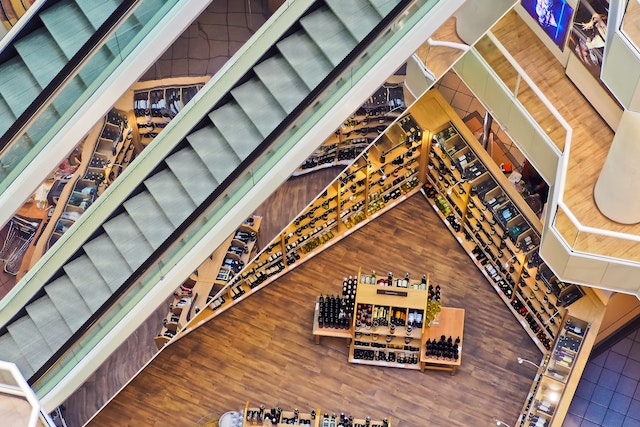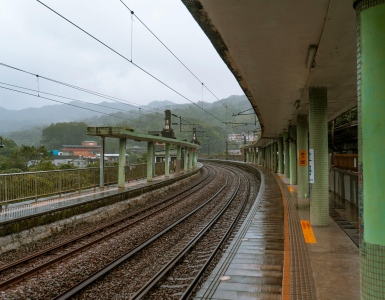The layout design of a store can have a significant impact on sales and customer satisfaction levels. As well as this, you can use a store layout to influence your customer’s behaviour by directing the flow of footfall around the store and highlighting merchandise placement and the general ambience of the store.
The longer a customer stays in a store, the more likely they are to pick up and spend more, meaning that good store design can contribute to a higher basket value. A successful store should keep customers engaged and want to convert with purchases and customers in return want to have an easy and satisfying shopping experience. Let’s take a look at a quick guide to retail store layouts and what makes a good store design.
Customer Flow
Before looking into store layouts, it’s first important to understand what customer flow is and why this can impact store sales. Customer flow relates to the number of people and shopping patterns of those coming into or passing a store. There are a few different ways in which you can monitor customer flow, including:
- Observing the number of people who come into the store
- Monitoring and analysing shopping and purchasing data
- Look at time-lapse videos using in-store cameras
It’s important to consider customer flow when looking at store design, as you can use this to get an idea of areas of the store which may be visited frequently, or not visited nearly as much as other areas. You can also use it to get an idea of overall customer behaviour, as it might highlight areas that require attention.
Focus On Aisle Design
The structure of the aisles in your shop is important. A well-designed store structure shouldn’t just be focused on the arrangement of the shelves or categorisation of products. Instead, you should focus on customer behaviour and what type of experience you want your customers to have.
Aisles should be clear and free-flowing so that customers aren’t wondering how best to get from one part of the store to the next. You want to create a natural flow, ensuring that aisles aren’t too highly stocked so that customers can get a good idea of the store from the moment they walk in. If aisles are above eye-line, then this will impact the customer flow and experience, likely reducing sales. If your shop hasn’t been redesigned in a while and your budget allows you to, then you may wish to consider a commercial fit out to ensure your store is kept up-to-date and in line with what modern consumers want when visiting a store.
Design For Customers
According to a recent study, 90% of customers will automatically turn right when they first enter a store. They will then continue to move in a counterclockwise direction. You can use this knowledge to your advantage and ensure that you put your most important displays and products in this area. This could include new store arrivals, seasonal markdowns or marketing displays.
Ambient Lighting
In any retail environment, lighting has the potential to dramatically change and influence sales. The right lighting can increase floor traffic, create a point of visual interest and direct people further into the store. You want to use lighting to create a comfortable atmosphere and environment, too bright and it might put people off from entering, whilst too dark can make people feel uneasy and not too sure what they should be looking at.


























Add comment